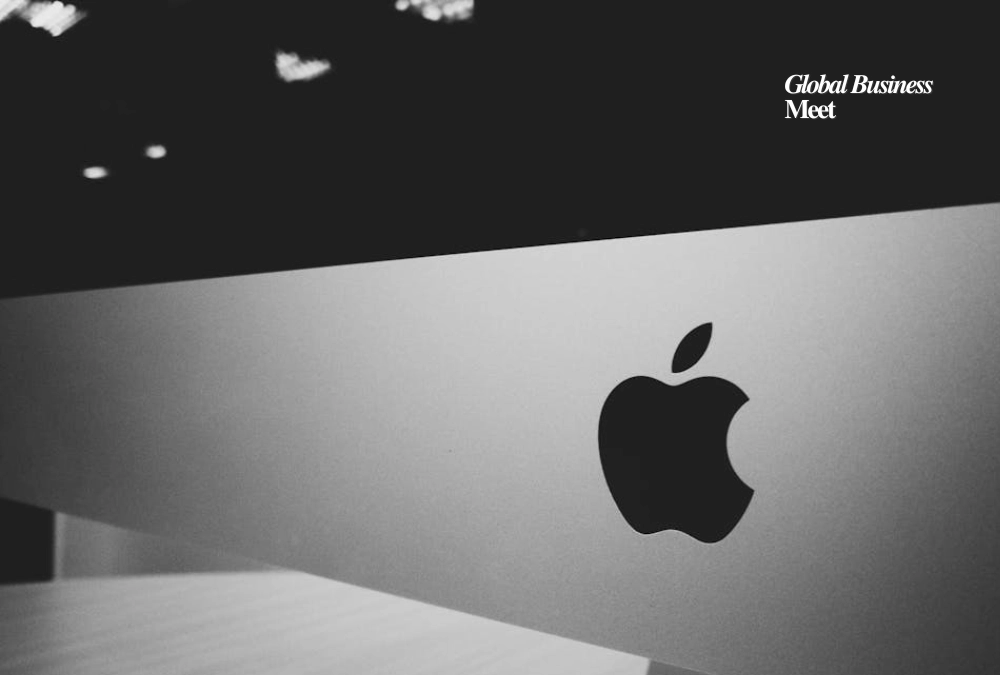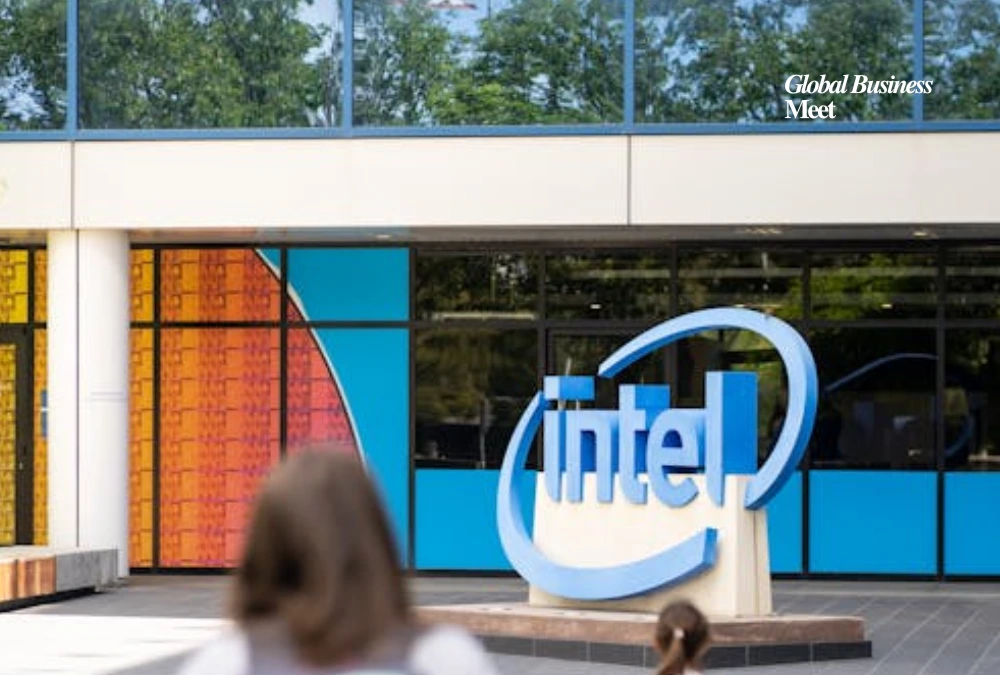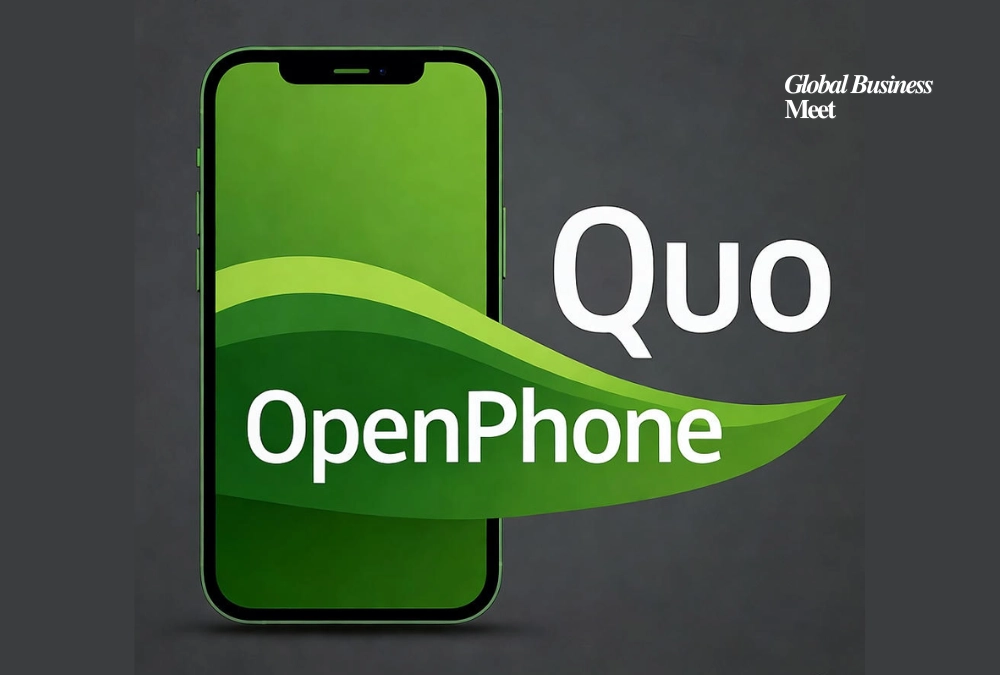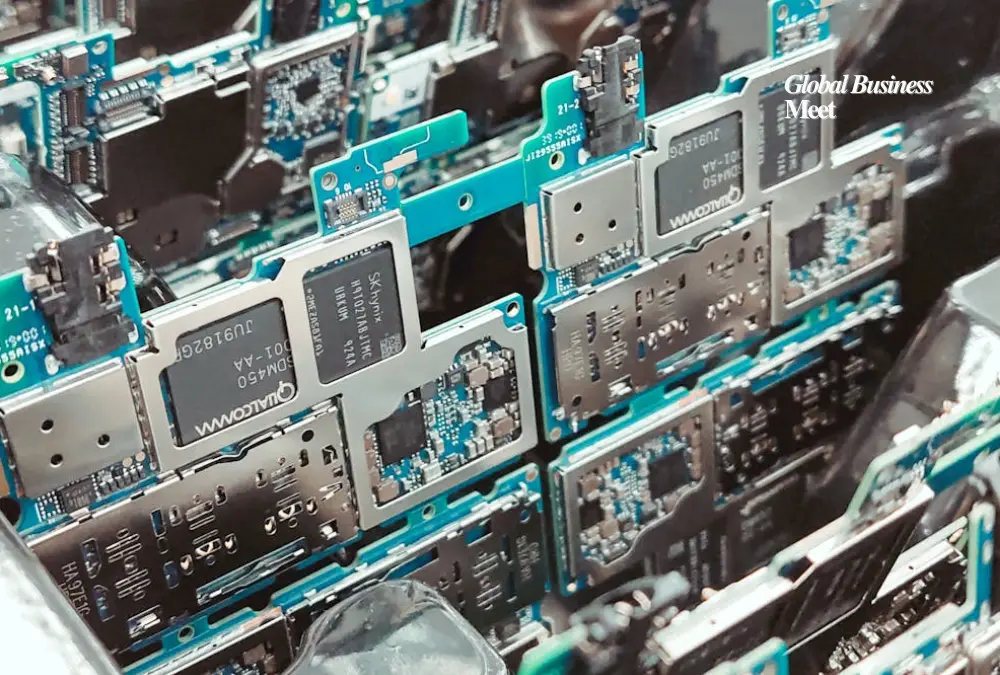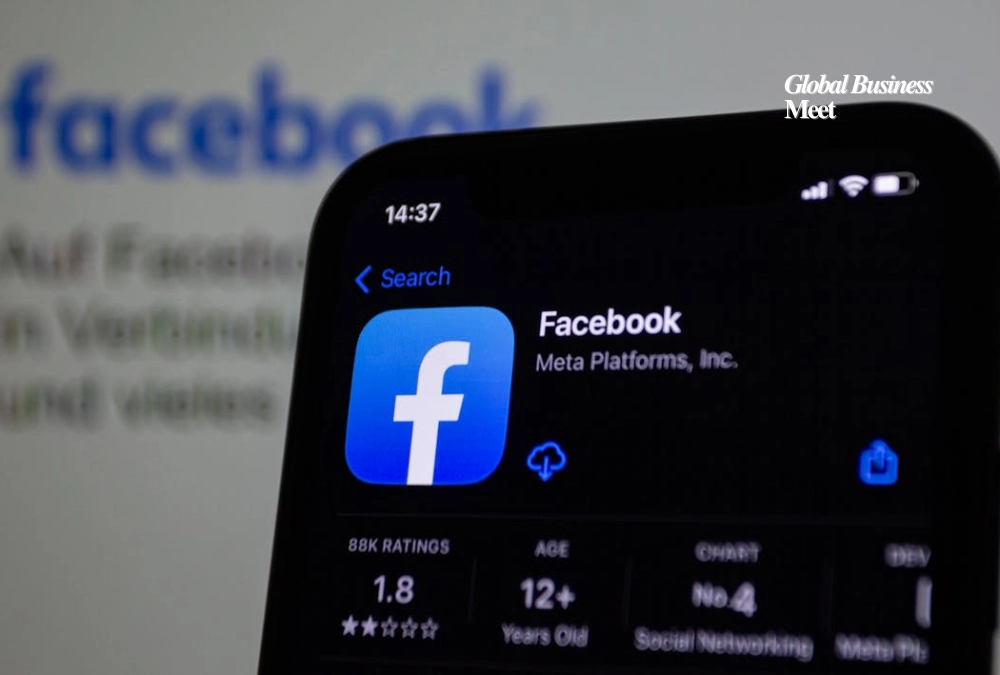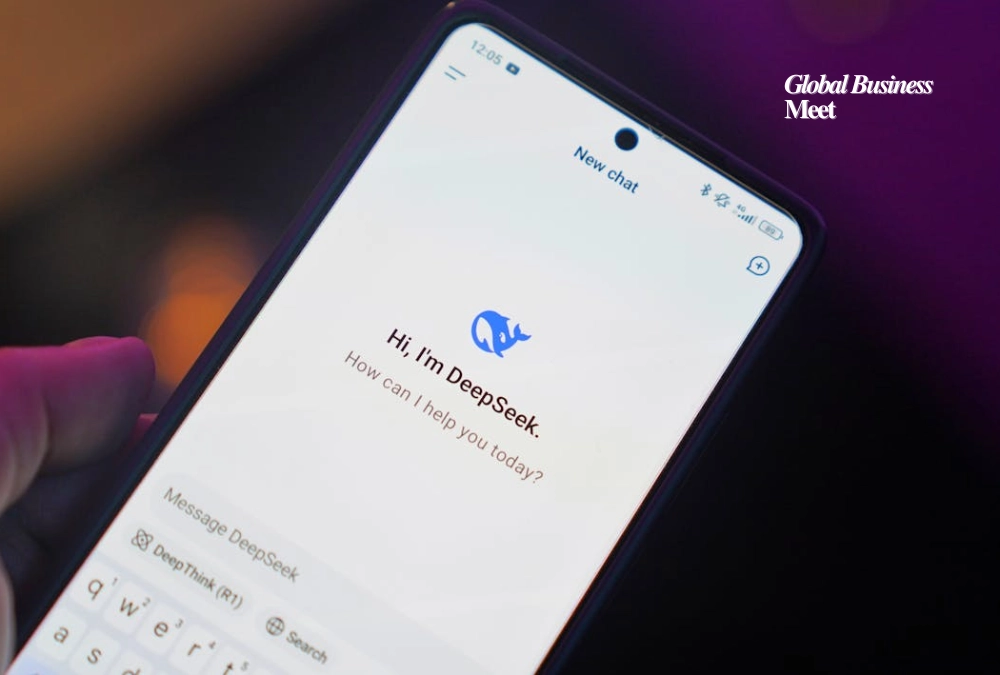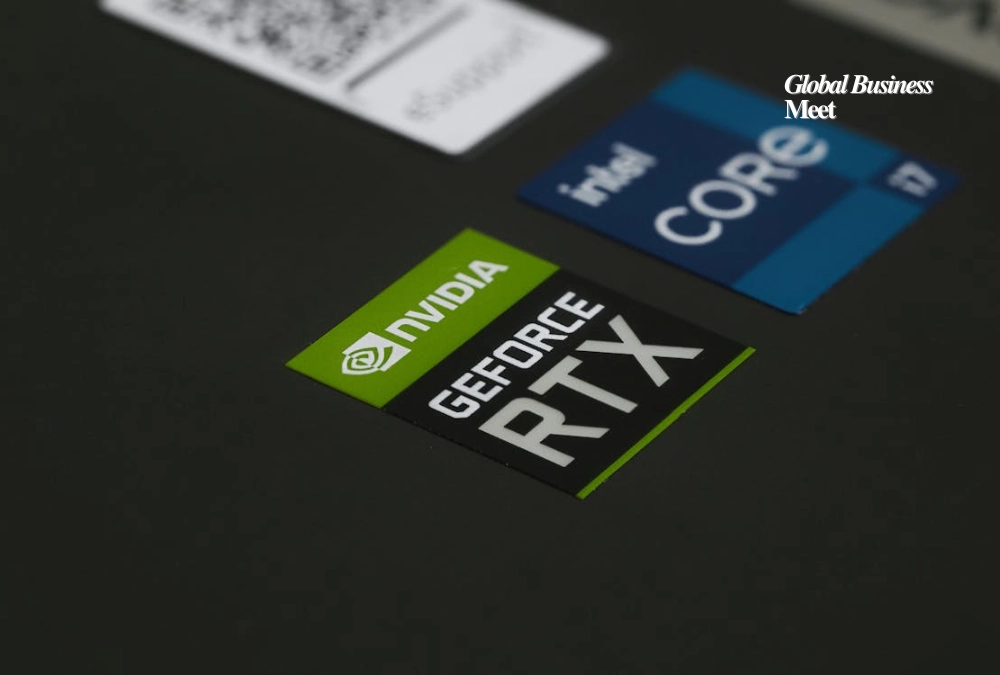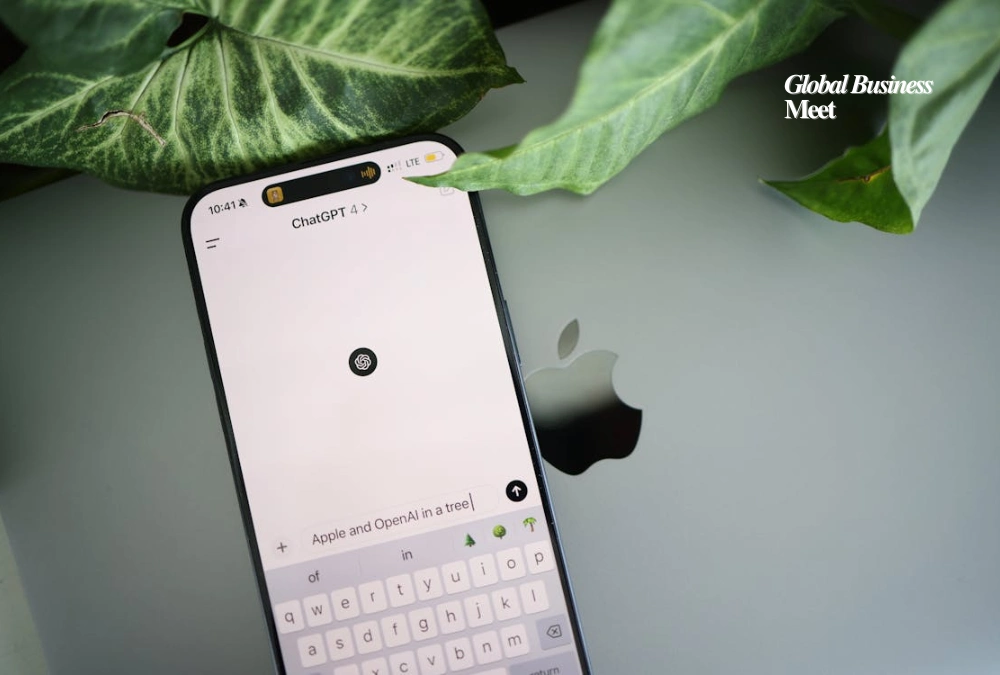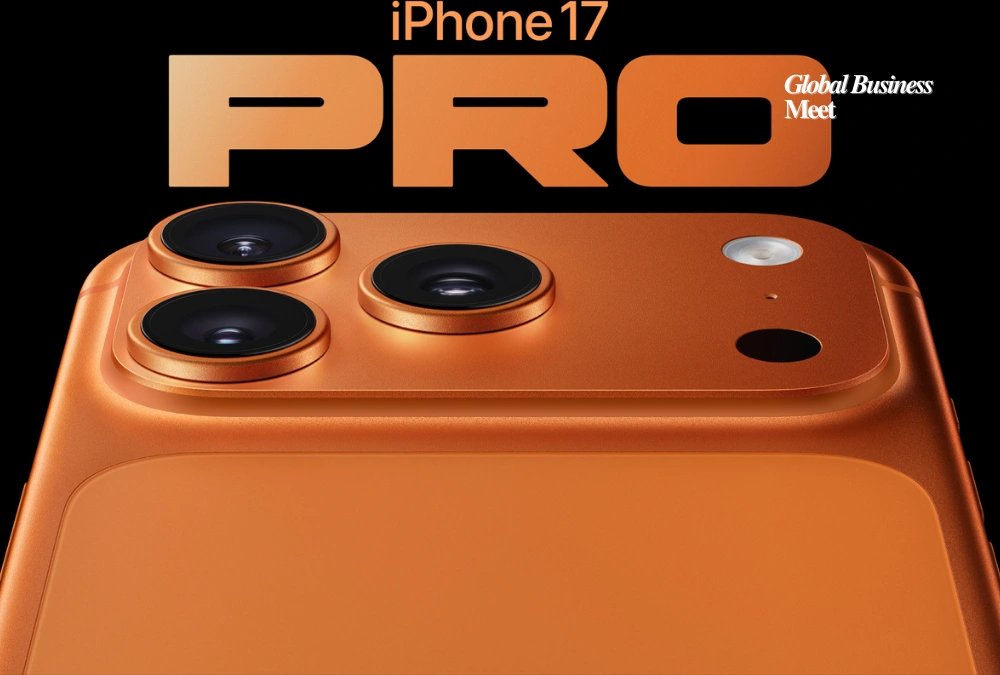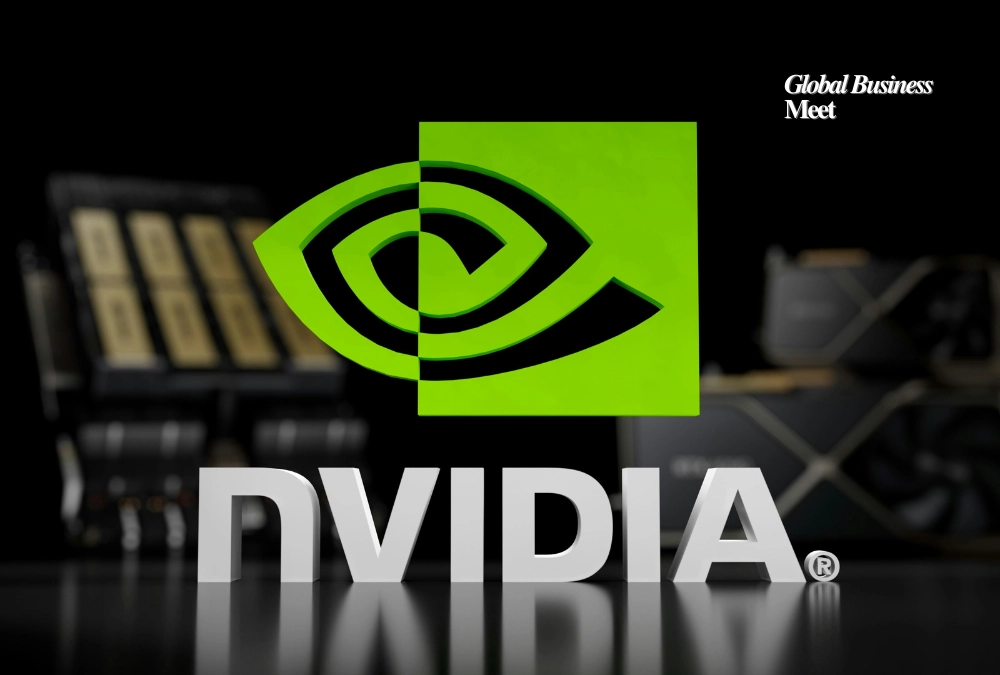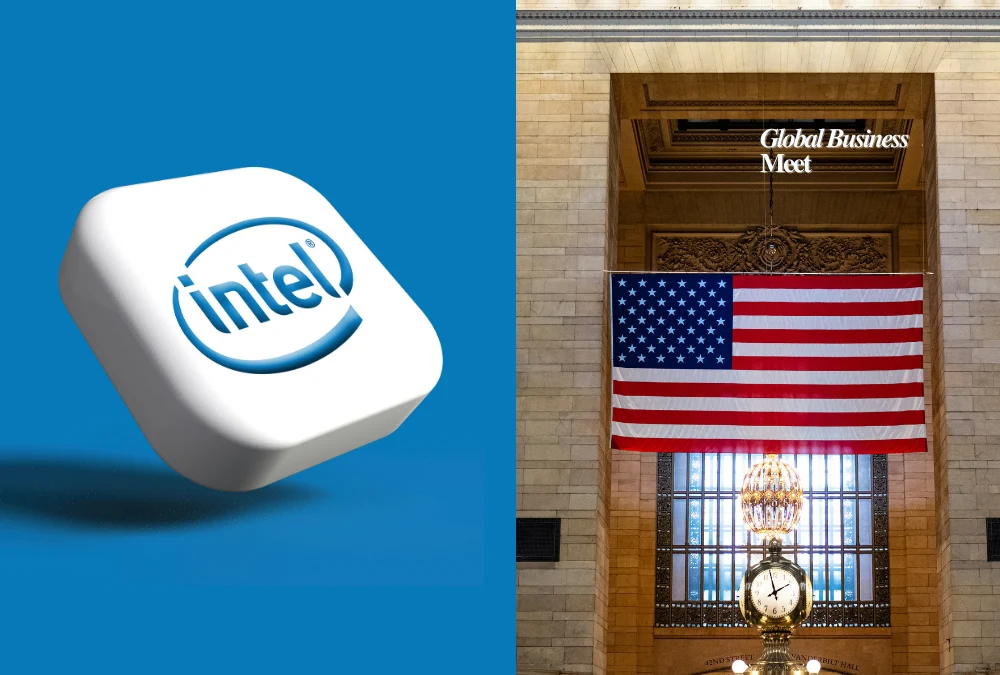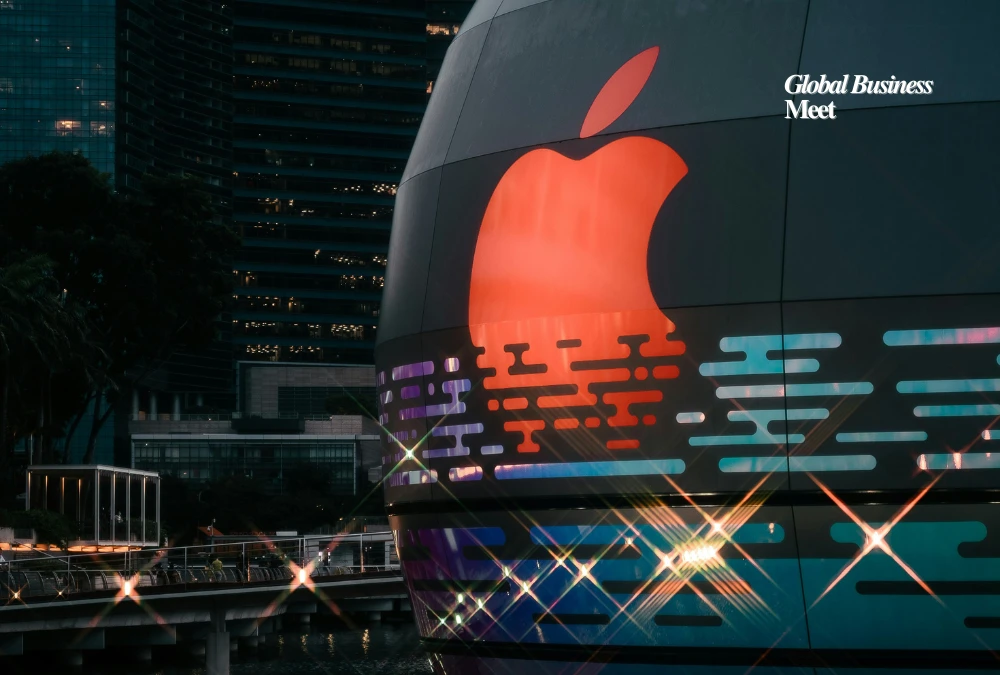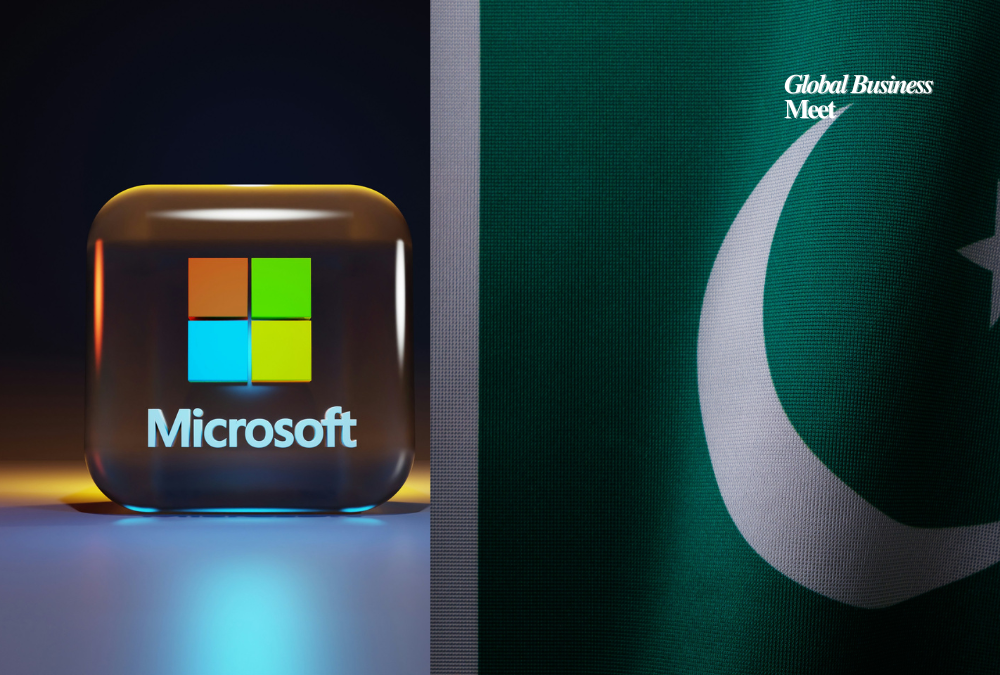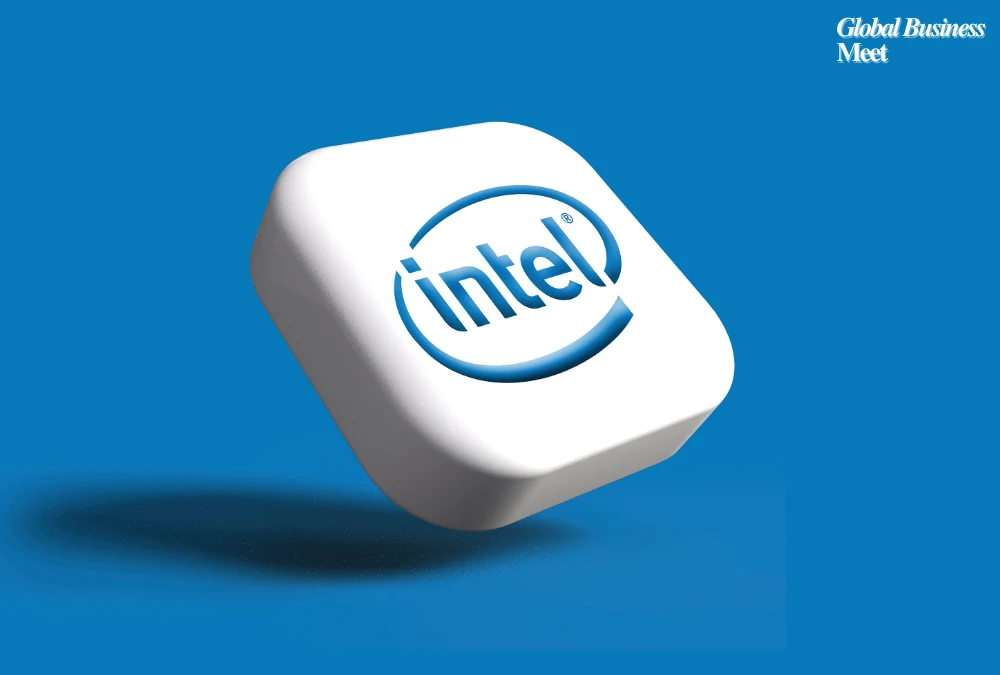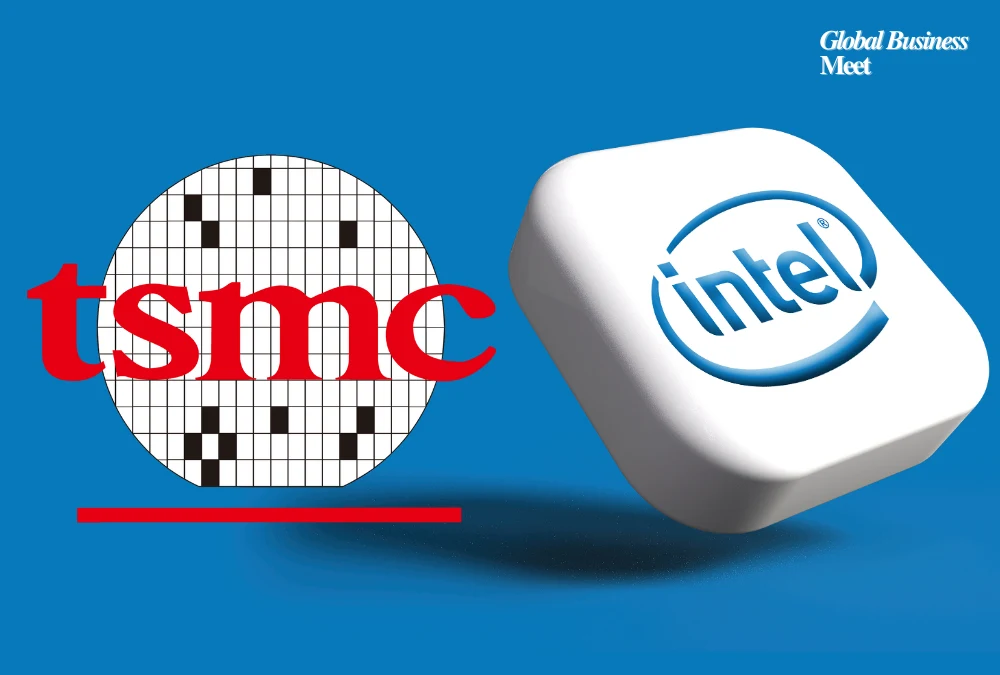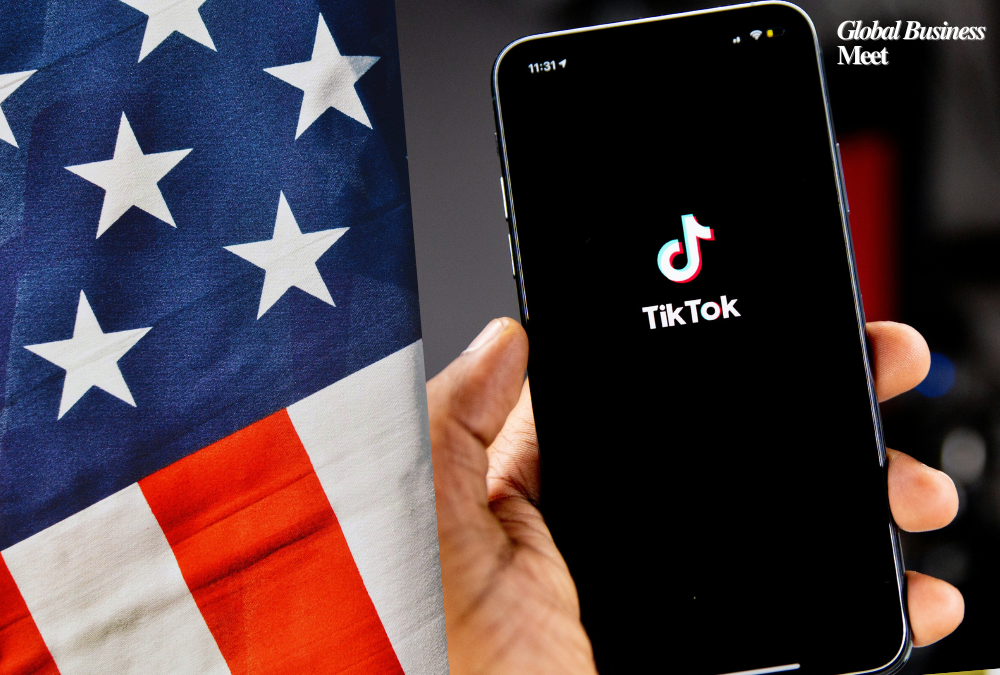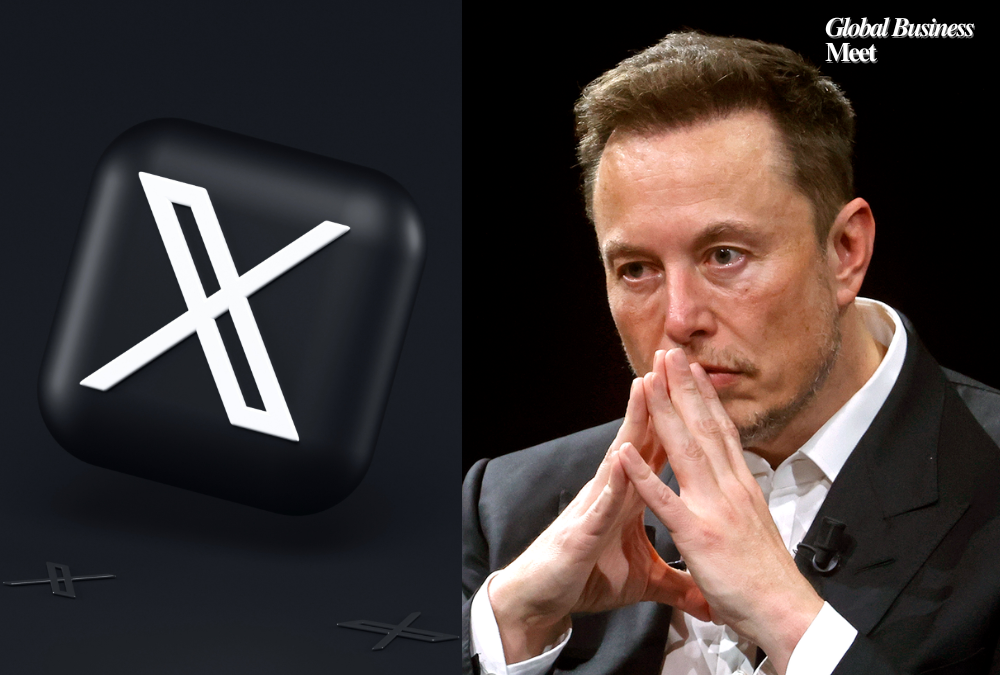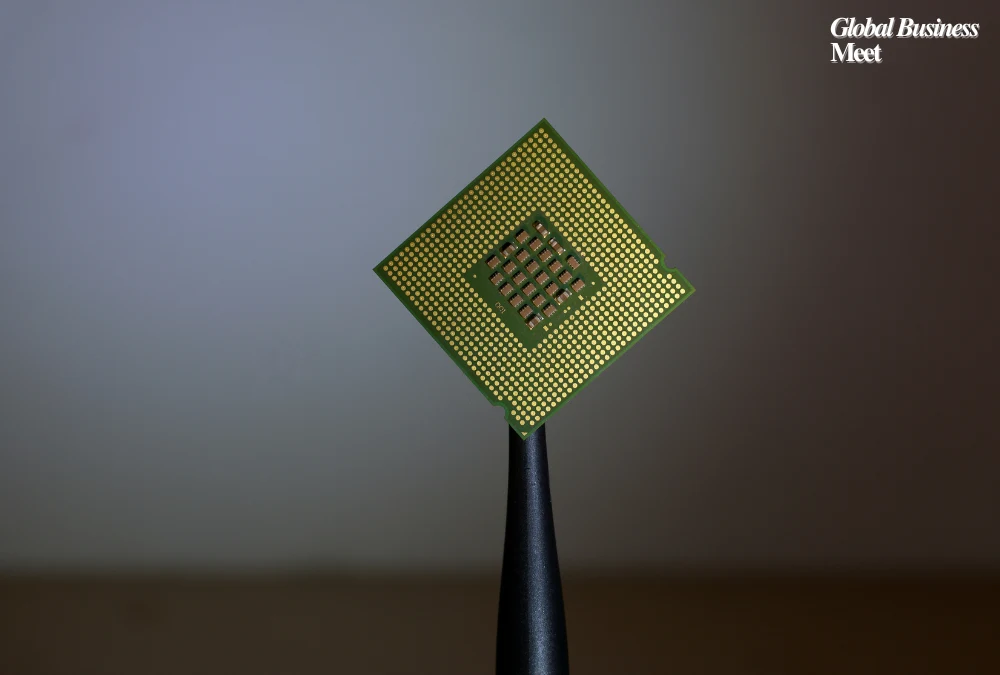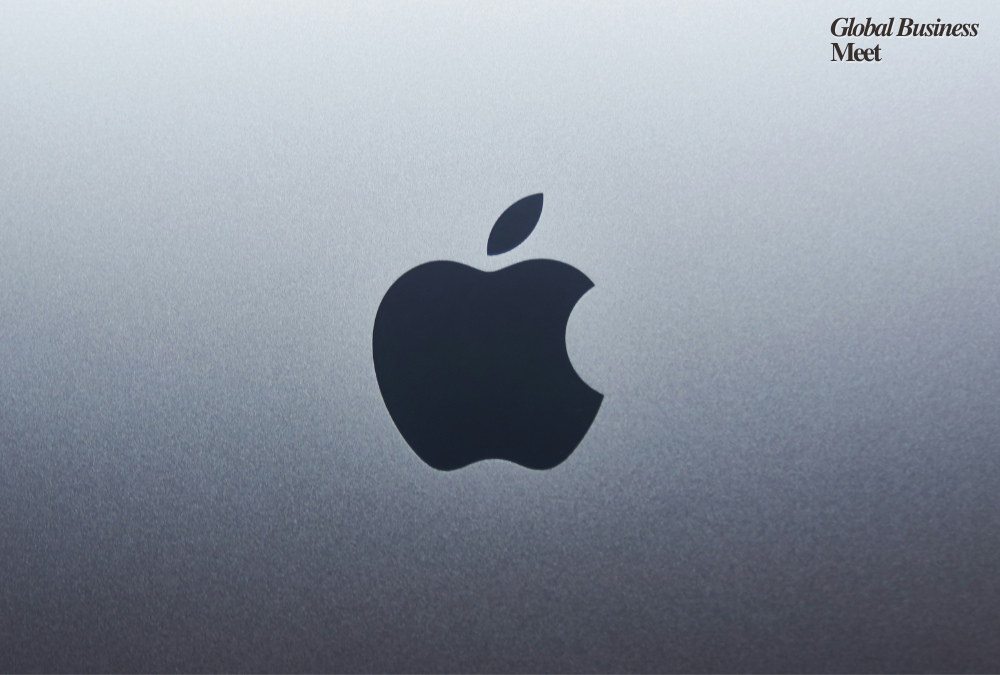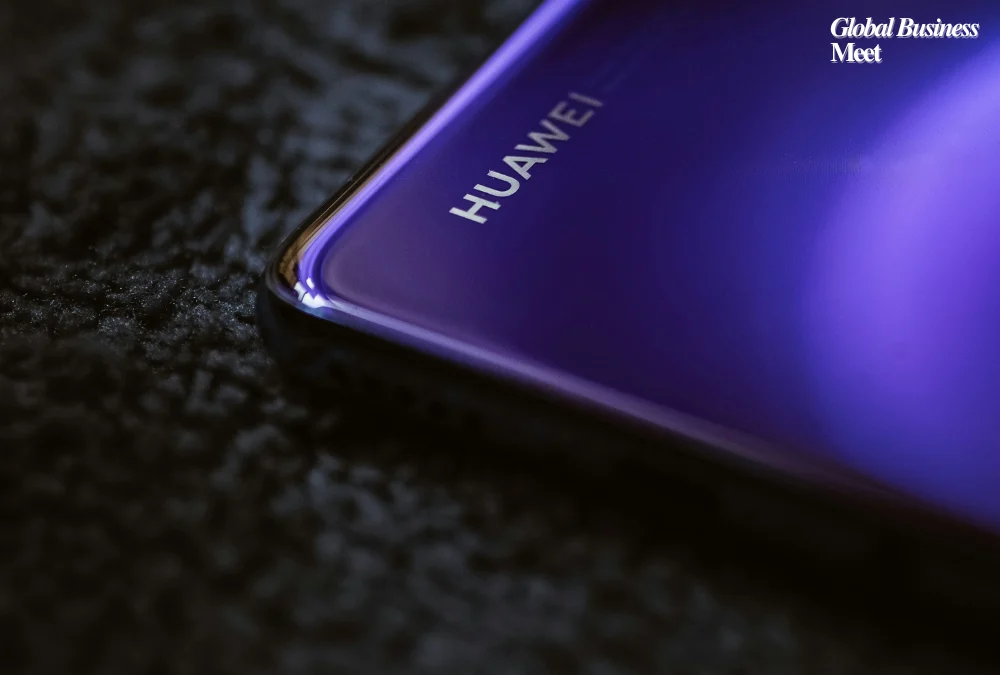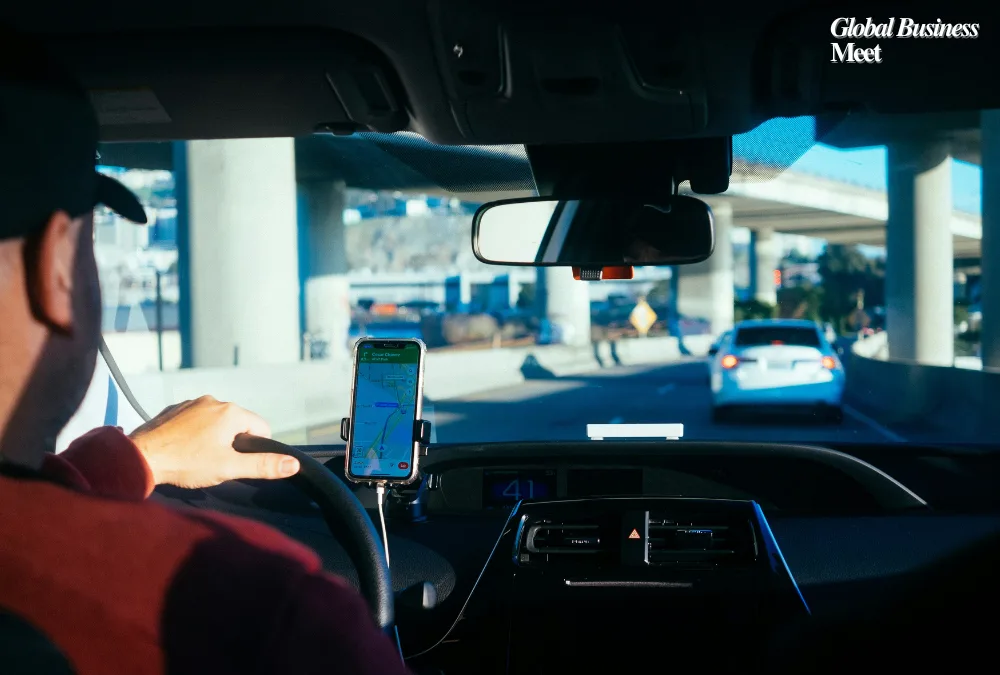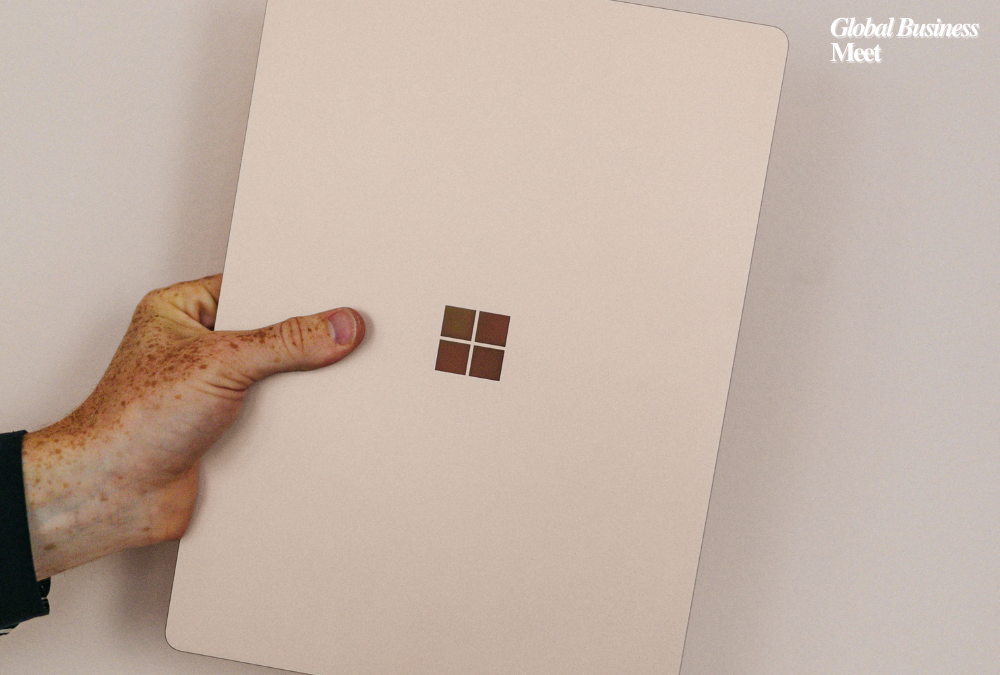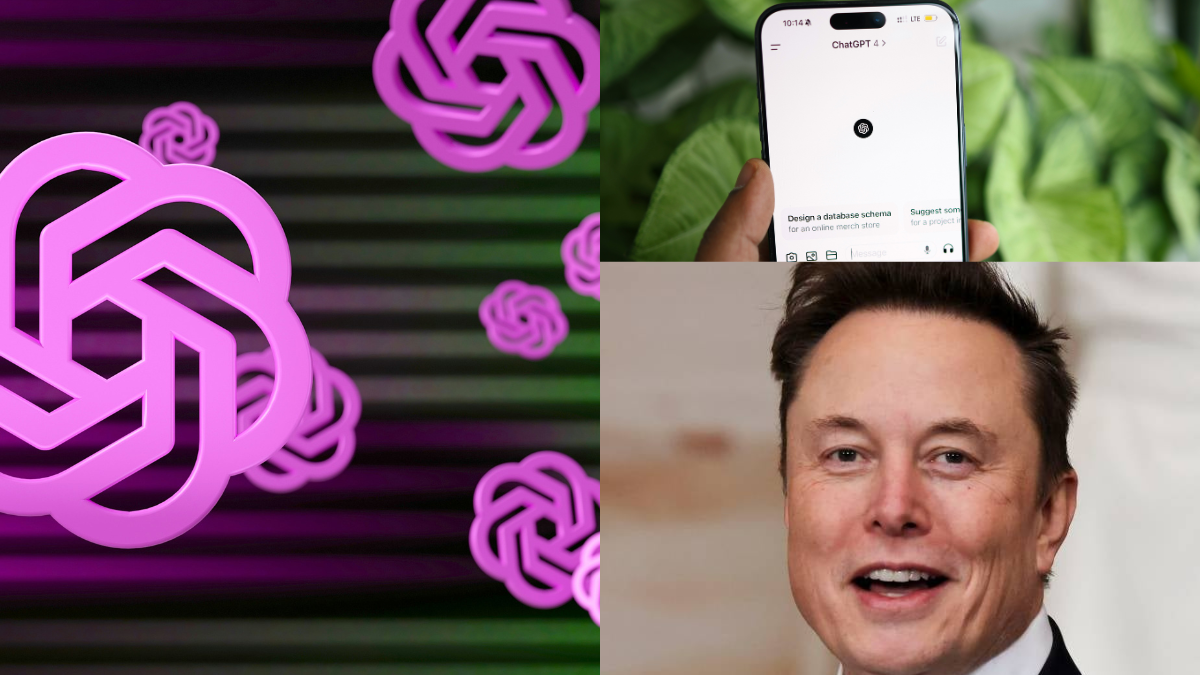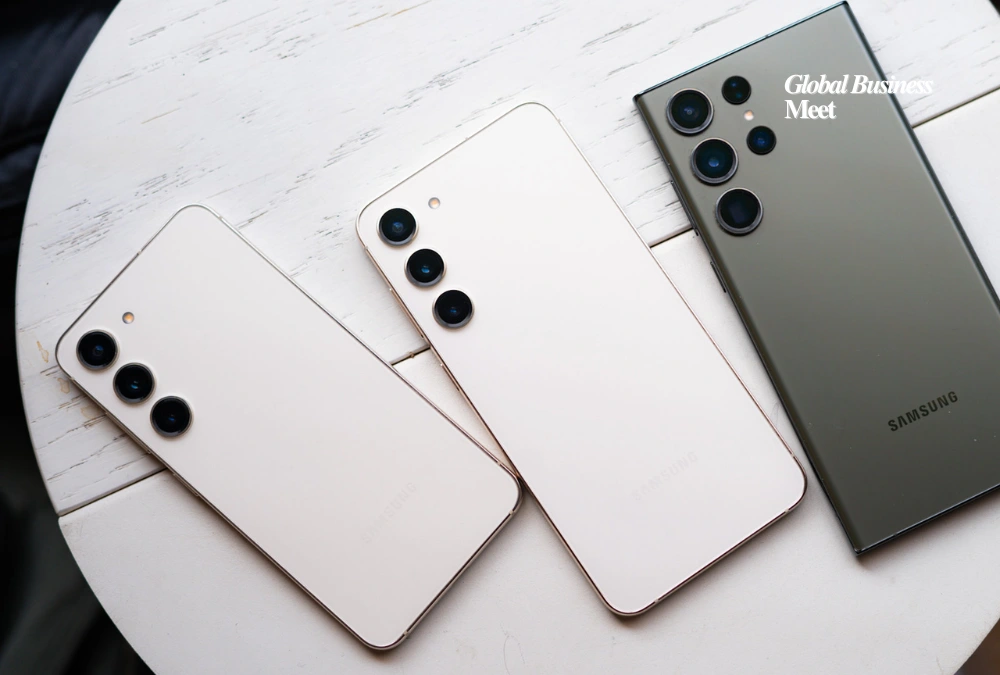
Samsung is preparing to adopt Qi2 magnets in its upcoming Galaxy S26 series, but there’s a major obstacle that could prevent the technology from working as intended. To fully embrace Qi2, Samsung may need to completely rethink and redesign the overall look of its Galaxy phones.
Samsung and the Qi2 Standard
Recent leaks strongly suggest that the Galaxy S26 lineup will finally integrate Qi2 magnets. This move comes after the Galaxy S25 series and Samsung’s latest foldables skipped the feature, instead marketing themselves as “Qi2 Ready.” In practice, that meant the phones did not have built-in magnets but could rely on magnetic cases to mimic the experience.
While this offered a partial solution, it wasn’t much of an upgrade. The only real benefit was that the magnet rings lined up properly with the charging coil. Beyond that, it felt similar to buying a magnetic case, something Android users have been able to do for years.
True Qi2 support is much more valuable. It ensures the magnets function seamlessly with or without a case and guarantees compatibility across a wide range of accessories. This universality is what makes Apple’s MagSafe system so convenient and why Qi2 was introduced as an open standard for Android devices.
The Real Problem Lies in the Design
Qi2 magnets themselves are not the biggest challenge. The real issue is Samsung’s phone design. On most Galaxy models, the camera array is positioned vertically in the corner. This layout leaves very little space between the camera lenses and the Qi wireless charging coil.
For regular wireless charging, this does not matter much. However, it creates major complications when attaching Qi2 or MagSafe accessories. Many accessories cannot attach properly, need to be tilted awkwardly, or even end up blocking one or more camera lenses.
Samsung seems to be aware of the problem. For instance, the company sells a magnetic wallet designed specifically to avoid covering the charging ring. The wallet lowers its bulk underneath the coil, solving one accessory issue. But this is not a universal fix. Other products, such as battery banks, mounts, and stands, often remain incompatible.
Accessories Highlight the Design Flaws
The challenges become even clearer when using Galaxy foldables like the Z Fold 7. One user on Reddit tested several Qi2 battery banks and found that very few could attach properly without clashing with the phone’s bulky camera module. This highlights how limited the accessory ecosystem can feel for Samsung users compared to iPhone or Pixel owners.
The design constraint essentially blocks many of the advantages that Qi2 was meant to provide. Without a thoughtful redesign, Samsung’s implementation of Qi2 risks being far less useful than intended.
Why a Redesign Is the Only Answer
To fully unlock Qi2’s potential, Samsung may need to rethink its overall hardware design. Shifting the charging coil downward is not a practical solution, as it would introduce new problems with alignment on chargers and docks. The more realistic option would be to redesign the camera layout itself.
This is where competitors like Apple and Google have an advantage. Apple’s new iPhone 17 series features a design that is nearly ideal for Qi2 and MagSafe accessories. Similarly, Google’s Pixel phones pioneered the horizontal camera bar, which naturally leaves plenty of space for magnets and accessories. Both approaches make magnetic charging and add-ons seamless.
Meanwhile, leaked images of the Galaxy S26 indicate that Samsung may not be ready to make such a bold change. The S26 Pro and Ultra appear to retain their current look, keeping the same vertical lens arrangement. Only the Galaxy S26 Edge seems to be experimenting with a new aesthetic, which some have described as more iPhone-like.
The Path Forward for Samsung
If Samsung continues with its existing design language, it will miss the full benefits of Qi2 integration. Magnets can be built in, but customers will still struggle with compatibility issues if accessories cannot attach comfortably. For users who rely on magnetic wallets, chargers, or portable battery packs, this is a real drawback.
The most effective solution would be for Samsung to introduce a new camera design that accommodates Qi2 accessories more naturally. A camera bar, for example, could provide more space and create a better balance between aesthetics and function. However, fans may prefer that Samsung innovates with its own unique design language rather than simply copying Apple or Google.
Final Thoughts
Samsung’s adoption of Qi2 is a step forward, but it does not solve the fundamental problem. Without a thoughtful redesign of its Galaxy phones, the technology will remain awkward to use. Accessories will continue to clash with the camera modules, and users will not experience the same convenience as iPhone or Pixel owners.
For Samsung to truly compete in the Qi2 era, it may need to rethink how its flagship devices are built from the ground up. Until then, Qi2 on Galaxy phones risks being more of a marketing claim than a fully realized feature.

